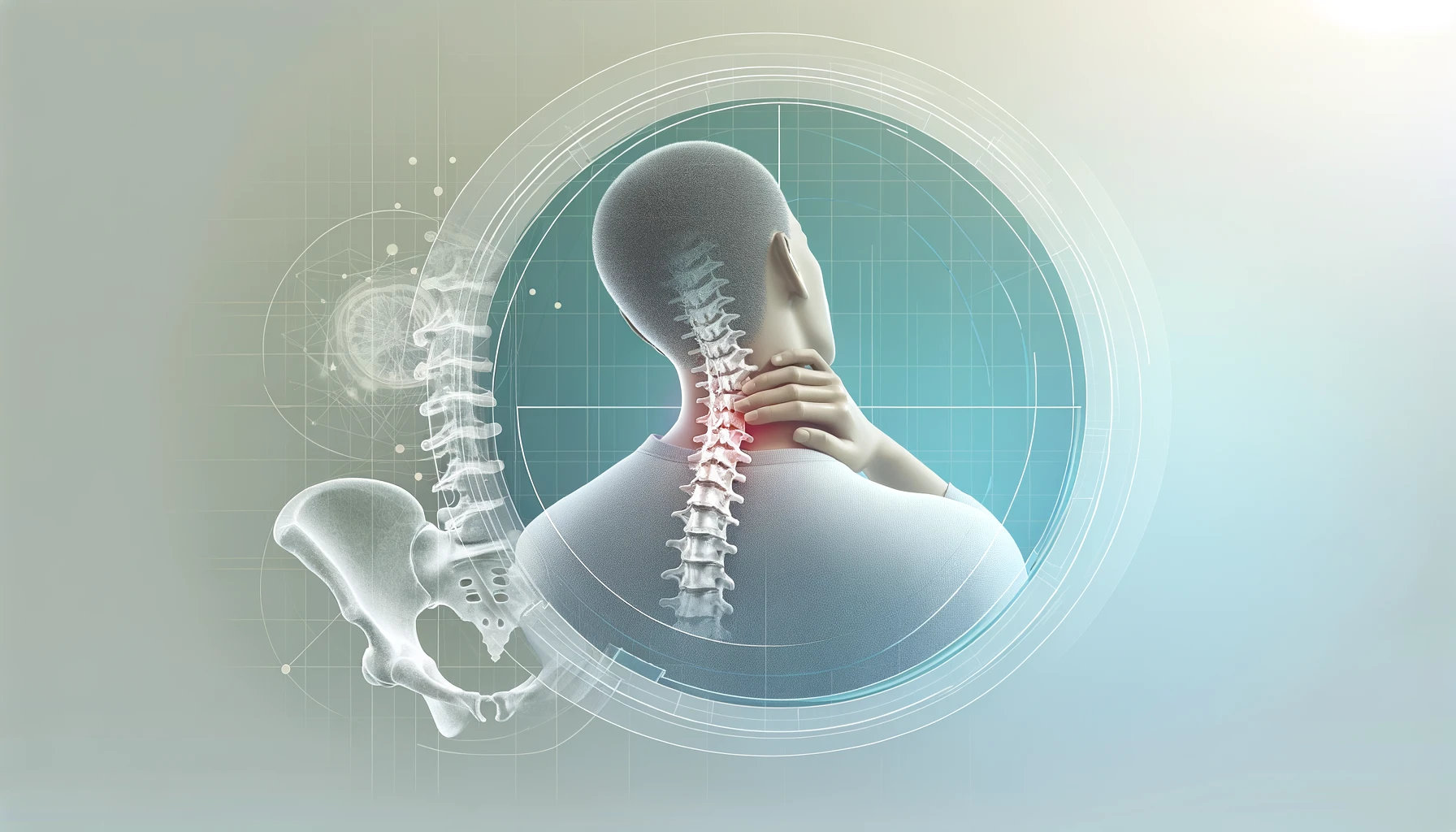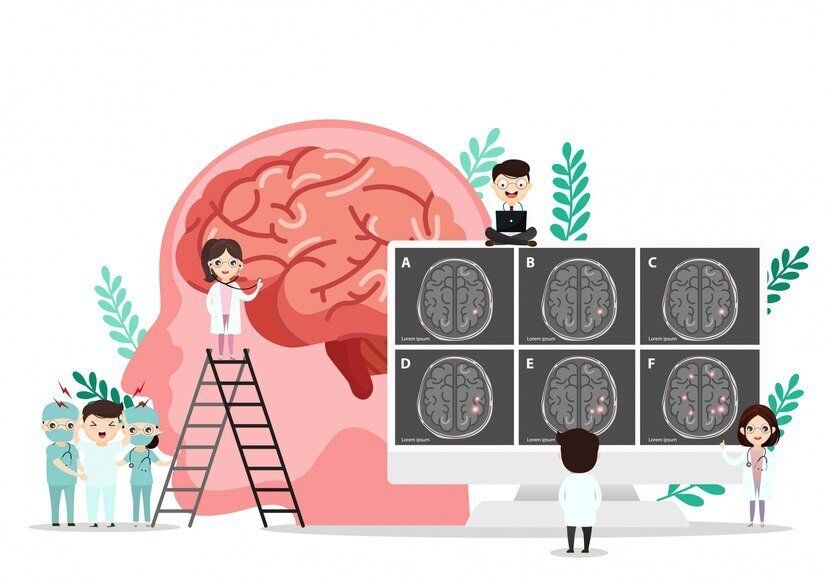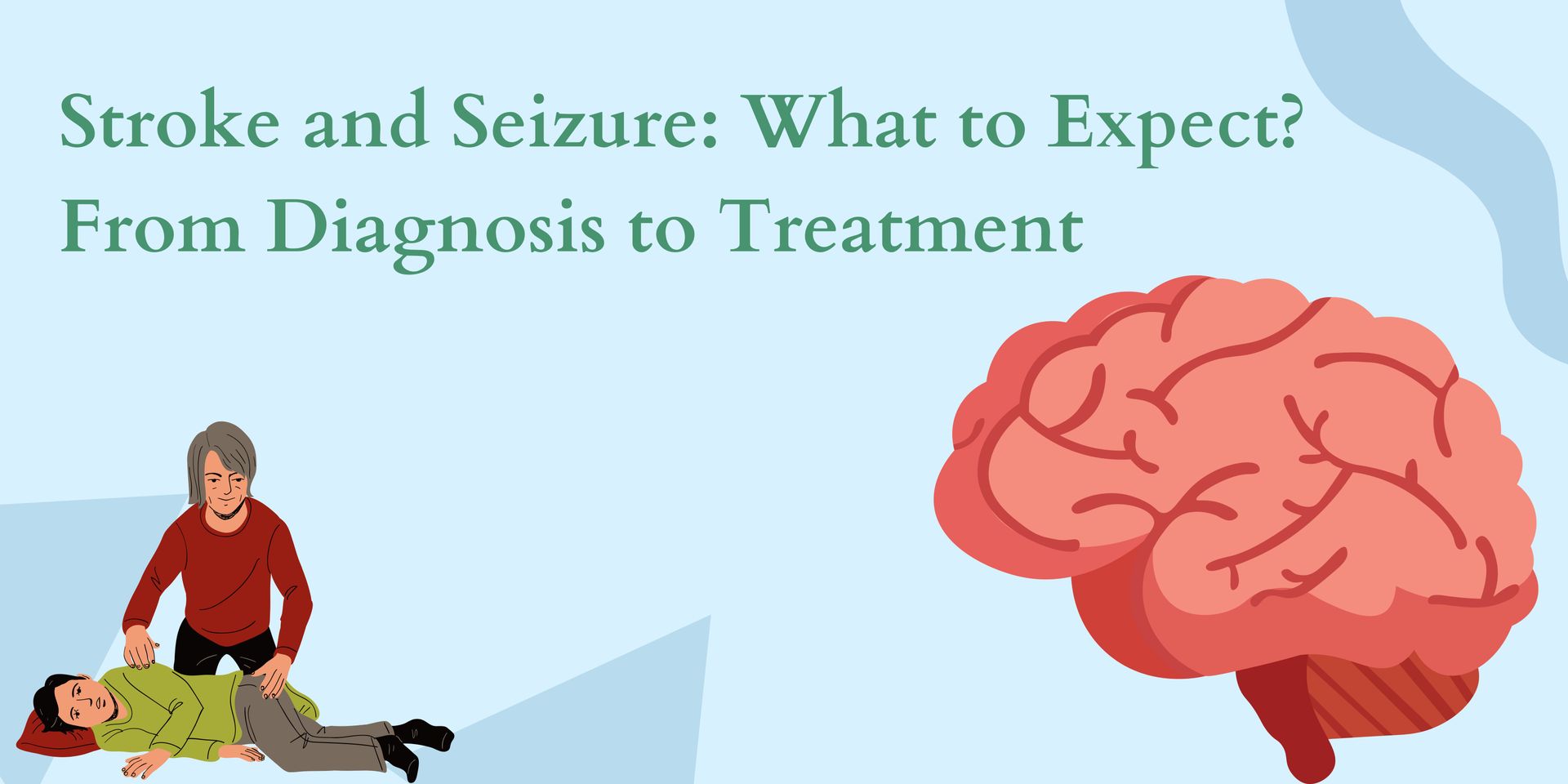Rheumatoid arthritis (RA) is an autoimmune disease that primarily affects the joints. While it’s commonly associated with joint pain and inflammation, RA can also impact other body parts, including the cervical spine (neck). In this comprehensive guide, we’ll delve into the relationship between RA and the cervical spine, exploring symptoms, complications, and management strategies.
Understanding Rheumatoid Arthritis and Cervical Spine
- What Is Rheumatoid Arthritis?
- RA is a chronic inflammatory disorder. It can affect more than just your joints. In some people, the condition can cause painful complications.
- Common symptoms include joint stiffness, swelling, and fatigue.
- RA and the Cervical Spine
- The cervical spine consists of seven vertebrae (C1 to C7) that support the head and allow neck movement.
Want to learn more about the impact of RA on the cervical spine? Book an appointment with the experts and make informed decisions about your health.
Rheumatoid arthritis affects the joints in the neck, causing pain and stiffness. This part of the spine is critical because it supports the head and allows for a wide range of head movements. In RA, the immune system, which protects the body, attacks the neck's joints. This attack causes inflammation, which leads to joint erosion and weakens the ligaments and bones in the neck.
Now that you've understood the significance of cervical spine health in rheumatoid arthritis, let's delve deeper into what this means and why it's so crucial for those living with RA
How Does Rheumatoid Arthritis Affect the Cervical Spine?
RA can affect the cervical spine in several ways:
- Atlantoaxial Instability: Inflammation and joint damage can weaken the ligaments that stabilize the C1 (atlas) and C2 (axis) vertebrae, leading to spinal cord compression.
- Subluxation: Subluxation occurs when the vertebrae shift out of their normal alignment. RA related inflammation can cause subluxation in the cervical spine.
- Spinal Cord Compression: As the vertebrae shift, they may compress the spinal cord or nerve roots, leading to neurological symptoms.
Rheumatoid arthritis affects the joints in the neck, causing pain and stiffness. This part of the spine is critical because it supports the head and allows for a wide range of head movements. In RA, the immune system, which protects the body, attacks the neck's joints. This attack causes inflammation, which leads to joint erosion and weakens the ligaments and bones in the neck.
Complications
- Myelopathy: Spinal cord compression can result in myelopathy, characterized by weakness, sensory changes, and impaired coordination.
- Respiratory Issues: Severe cervical spine involvement can affect breathing due to pressure on the spinal cord.
Understanding the effects of RA on the cervical spine naturally leads us to question the causes behind this aggressive form of arthritis in the neck region.
Causes of Rheumatoid Arthritis in the Cervical Spine
- Genetic Factors: Certain genes may increase susceptibility to rheumatoid arthritis, influencing its development in the cervical spine.
- Autoimmune Response: RA is primarily an autoimmune disorder where the body’s immune system mistakenly attacks healthy tissue, including the joints in the cervical spine.
- Environmental Triggers: Factors like smoking and exposure to certain types of pollution can exacerbate the risk of developing RA.
- Hormonal Influences: Hormonal changes or imbalances might play a role, as RA is more common in women than men, suggesting a possible link to hormonal factors.
- Inflammation: Chronic inflammation, a hallmark of RA, can initiate and propagate damage in the cervical spine joints.
Symptoms of Rheumatoid Arthritis in the Cervical Spine
- Neck Pain: Persistent pain in the neck area, which may worsen with movement.
- Stiffness: A noticeable stiffness in the neck, especially in the morning or after periods of inactivity.
- Reduced Mobility: Difficulty turning the head or bending the neck can affect daily activities.
- Headaches: Frequent headaches, often starting at the back of the head, due to neck joint inflammation.
- Nerve Compression: Symptoms such as tingling, numbness, or weakness in the arms or hands suggest possible nerve involvement.
- Fatigue: General tiredness and discomfort can accompany neck symptoms, affecting overall well-being.
What are the treatments available for Rheumatoid Arthritis of the Cervical Spine?
- Medications: These include nonsteroidal Anti-Inflammatory Drugs (NSAIDs), corticosteroids, Disease-Modifying Antirheumatic Drugs (DMARDs), and biologic agents to reduce inflammation and prevent damage.
- Physical Therapy: To improve neck strength and mobility, engage in strengthening exercises, flexibility routines, and pain management techniques like heat or cold therapy.
- Surgical Treatments: Options like spinal fusion to stabilize the spine or decompression surgery to relieve nerve pressure.
- Lifestyle Modifications: Make ergonomic adjustments, modify activities to avoid pain triggers, and manage weight to reduce cervical spine stress.
- Regular Monitoring: Frequent check-ups with healthcare providers to monitor the condition and adjust treatments as needed.
What Are the Risks of Surgery for RA of the Cervical Spine?
- Infection: As with any surgical procedure, there is a risk of infection at the surgery site.
- Bleeding: There is a potential for significant bleeding during or after the surgery.
- Anesthesia Complications: Anesthesia can cause complications. They can affect the heart, lungs, or other organs.
- Nerve Damage: The cervical spine is complex. Accidental nerve damage can occur. It can cause weakness, pain, or loss of function in parts of the body.
- Spinal Cord Injury: Although rare, there is a risk during surgery. It can cause serious consequences like paralysis.
- Instability: Surgery can sometimes lead to instability in the cervical spine, which might require further surgical intervention.
- Nonunion of Spinal Fusion: In cases where spinal fusion is performed, there is a risk that the bones do not fuse properly, leading to a nonunion.
- Recurrent Symptoms: There is a possibility that the symptoms of RA in the cervical spine might recur even after surgery.
After identifying the symptoms, the next step is to ask: Can we prevent these issues from escalating? Let’s explore what measures can be taken.
Can Rheumatoid Arthritis of the Cervical Spine Be Prevented?
- Regular check-ups with a rheumatologist and spine specialist.
- Prompt treatment of RA flares.
- Maintaining good posture and avoiding excessive neck movement.
While RA itself cannot be prevented due to its unclear causes, the severe impact on the cervical spine can be managed through early diagnosis and appropriate treatment. Regular monitoring and lifestyle adjustments can also help reduce the risk of severe complications.
Before deciding on surgery, it's also crucial to understand how RA in the cervical spine might progress over time. This knowledge can help inform your treatment choices.
How Does Rheumatoid Arthritis in the Cervical Spine Progress Over Time?
The progression of the disease can vary significantly among individuals. In some, it progresses rapidly, causing significant damage within a few years. In others, it may progress slowly, with symptoms worsening gradually over decades. Regular medical monitoring is essential for managing progression effectively.
Treatments for Rheumatoid Arthritis in the Cervical Spine
Lifestyle Changes to Manage Cervical Spine in Rheumatoid Arthritis
- Maintain Good Posture: Keeping the spine aligned can reduce stress on the neck.
- Exercise Regularly: Engage in low-impact activities that help keep your neck muscles strong and flexible without straining them.
- Use Ergonomic Devices: Equip your workspace with ergonomic chairs and desks that support spinal health.
- Manage Weight: Keeping a healthy weight minimizes the burden on the cervical spine.
- Quit Smoking: Smoking can exacerbate RA symptoms and negatively affect overall health.
- Stress Management: Practice relaxation techniques like yoga or meditation to help manage stress, which can worsen RA symptoms.
Experiencing neck pain or stiffness? Schedule your consultation with an RA specialist today for a personalized management plan!
Conclusion
Understanding and managing rheumatoid arthritis in the neck is essential. It helps you keep an active and fulfilling life. Proper treatment and lifestyle changes can help. They allow many people with RA to manage their symptoms. They can also prevent serious problems.
FAQs
How Can Physical Therapy Help with Cervical Spine Symptoms in Rheumatoid Arthritis?
Physical therapy can strengthen the muscles around the neck. It can improve flexibility and reduce pain. In this way, it can effectively manage the symptoms of RA in the neck.
How Does Rheumatoid Arthritis of the Cervical Spine Affect Daily Life?
RA in the neck can make everyday activities tough. It causes pain and stiffness. These can limit movement and lower quality of life.
How is Cervical Spine Involvement Diagnosed in Rheumatoid Arthritis Patients?
Diagnosis usually involves imaging tests, such as X-rays, MRI, or CT scans, which check joint damage and inflammation in the neck.







